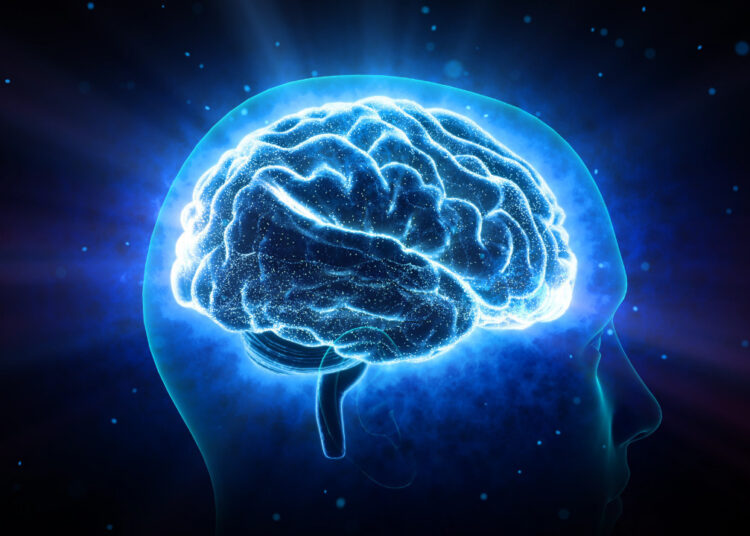The deep structures where instinctual impulses and fundamental emotions are managed reside in the oldest layers of the brain. Although it is thought to be responsible for the higher functions of the cortex, Dr. Peter Coppola’s studies highlight other links in this chain and offer a new perspective on the origins of consciousness.
For those preparing to ask whether the concept of consciousness is only linked to the higher brain regions, the approximately 500 million-year-old presence of the subcortex shows that it plays a critical role in dealing with basic crises and survival. This area, often referred to as the “reptilian brain,” contains mechanisms that maintain the fundamental functions of life. Coppola argues that the data collected over more than a century synthesizes to suggest that the role of these ancient regions is underestimated. Findings from experiments, animal studies, and case reports indicate that damage to the cortex can alter consciousness, but if the subcortex is affected, it can often result in unconscious death or coma.
The observation of basic signs of consciousness in children with hydroencephaly, even when most of the cortex is undeveloped, is one of the findings that support the idea that consciousness is not solely dependent on the upper brain layers. Even in these cases, emotional and cognitive responses—such as sadness, playing, recognizing people, and enjoying music—are still observed, which are considered to be survival mechanisms of early childhood.
Similar results are also found in animal experiments. Rats, cats, and monkeys can exhibit emotional expressions, show compassion towards their offspring, and learn new things even when surgically deprived of the neocortex. These findings suggest that a basic level of consciousness can be generated independently of the cortex by the subcortex.
The idea of the enrichment of consciousness does not imply that the function of the cortex becomes meaningless. Dr. Coppola states that, from an evolutionary perspective, new brain regions expand consciousness and add human-specific high capacities such as language, moral reasoning, and self-awareness on top of the existing basic awareness. Thus, human consciousness appears as a multilayered structure built upon the fundamental awareness provided by the oldest parts of the brain.
This new framework might also lead to effects beyond neurology: it has the potential to reshape approaches to animal rights and ethical debates about patient care. The notion that consciousness is more widespread than we think prompts us to reconsider our perceptions of living beings and the ethical approaches we adopt.









